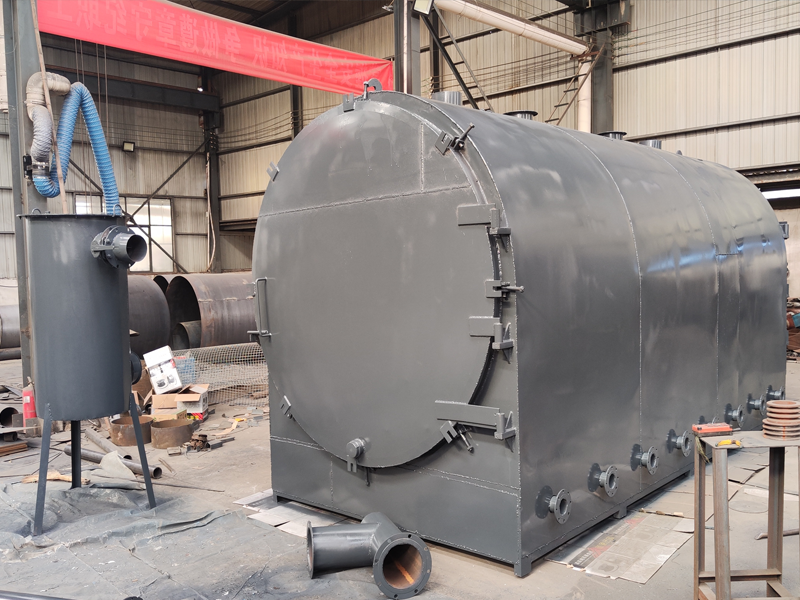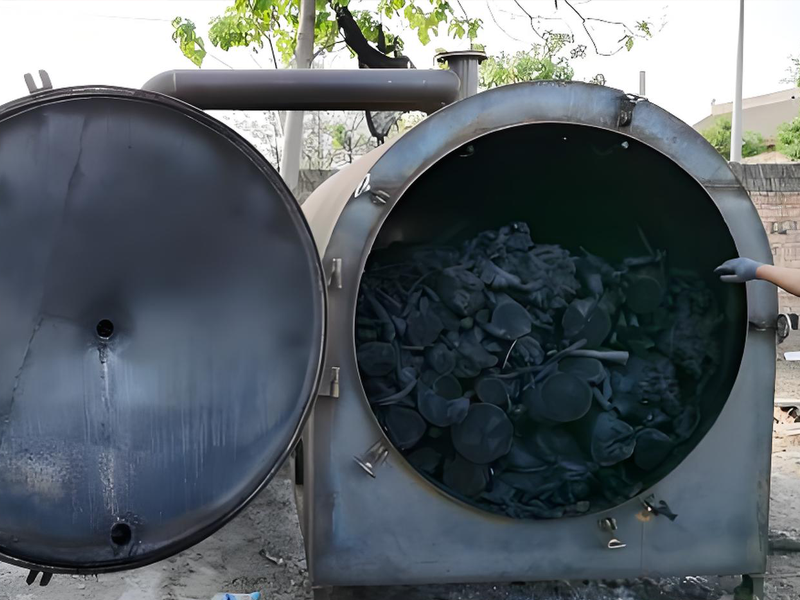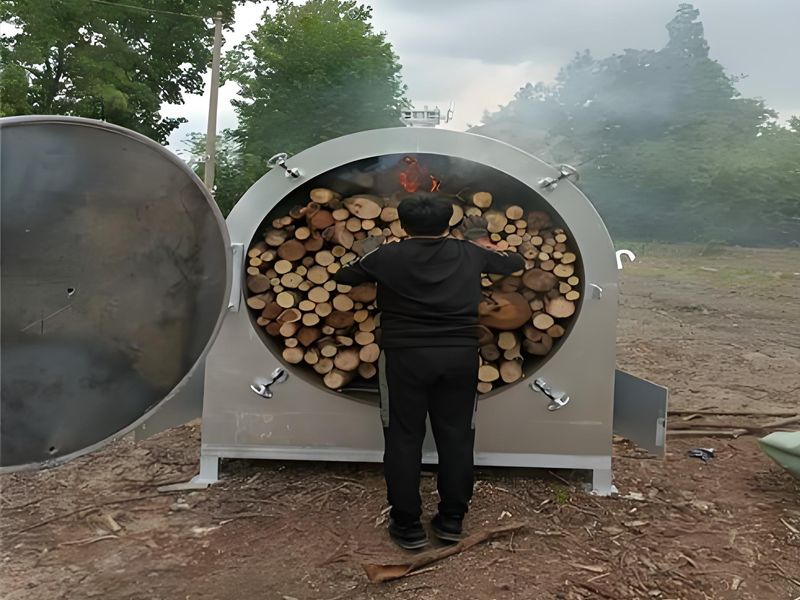What is the output of carbonization furnace related to
News 2022-06-14
The production capacity of carbonization equipment is influenced by multiple factors including the equipment itself, material characteristics, process parameters, and operation/maintenance practices.
Equipment-related factors:
Model and specifications: Large-scale carbonization equipment with greater furnace volume and processing capacity yields significantly higher output than smaller units. For instance, continuous carbonization systems outperform batch-type systems in production volume.
Structural design: Rational structural design is critical for improving carbonization efficiency. A well-designed system ensures uniform heating of materials and enhances heat transfer efficiency. Equipment with recirculating heating systems, for example, allows comprehensive heat exposure to materials, boosting carbonization efficiency.
Manufacturing quality: High-quality materials and craftsmanship ensure stable operation and minimize failures. Proper sealing and durable components prevent production losses.
Material-related factors:
Material type: Biomass materials (e.g., wood, straw) vary in composition and moisture content, affecting carbonization speed and yield. Dense, carbon-rich materials typically yield more charcoal.
Particle size and moisture: Smaller particles carbonize faster but require advanced process control. Excessive moisture prolongs processing time and energy consumption, necessitating pre-drying.
Process parameters:
Temperature: Raising temperature within an optimal range accelerates reactions and shortens processing time, thereby increasing output. Excessively high temperatures may over-carbonize materials.
Duration: Insufficient carbonization time compromises yield and quality, while excessive duration reduces efficiency. Appropriate heating rates preserve material structure and optimize output.
Gas environment: Protective gas types (e.g., nitrogen) and flow rates influence oxidation control and yield.
Operation and maintenance:
Efficient operation relies on skilled personnel to adjust parameters and perform regular maintenance (e.g., component replacement, residue cleaning). Proper upkeep ensures stable performance and maximizes equipment potential.


